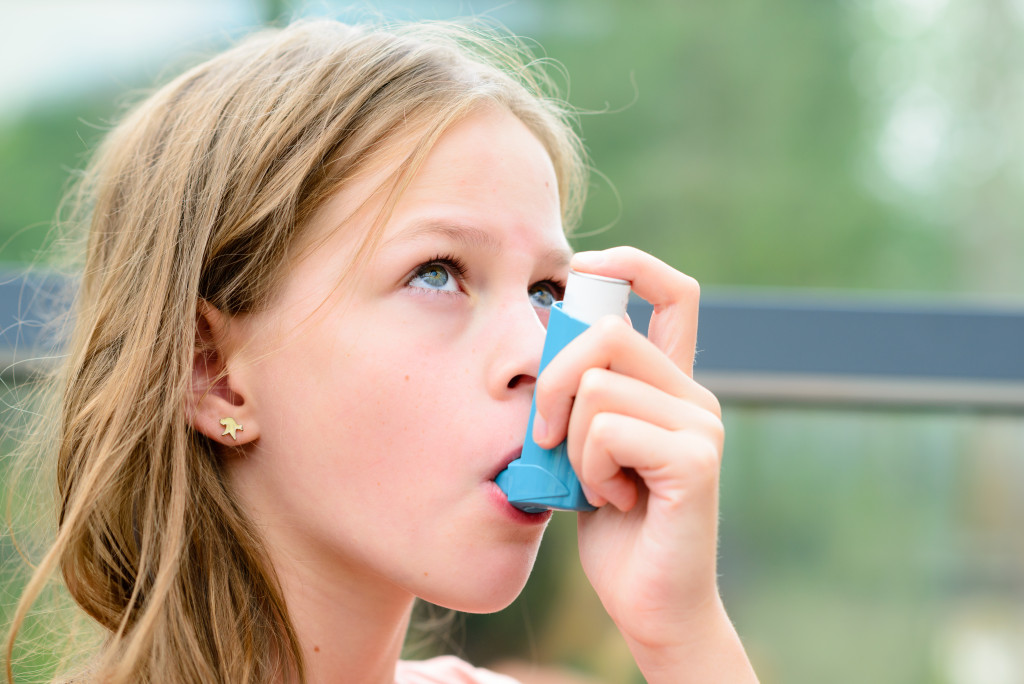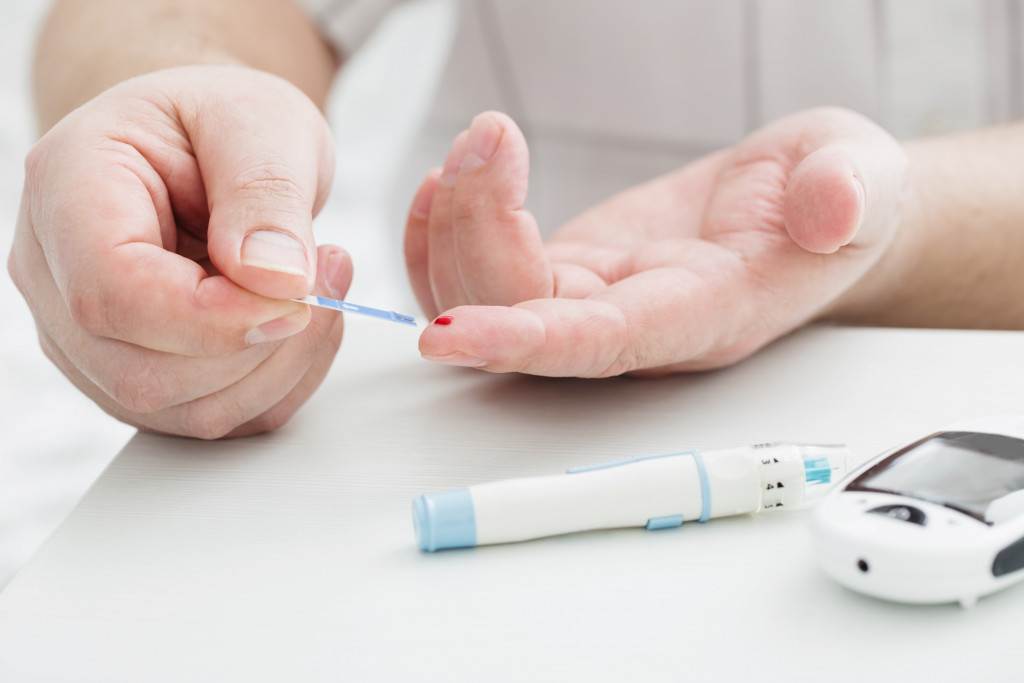According to the Asthma and Allergy Foundation of America (AAFA), in the United States, asthma is the most widespread chronic disease among children. About seven percent of all children under the age of 18, or an estimated 5.1 million children, have it. The American Lung Association (ALA) puts the number at 6.1 million. On the other hand, WebMD states that seven million children have it. Among children below 15 years old, it is the third highest cause for hospitalization. It is also one of the top reasons for school absences.
Asthmatic Children and COVID-19
Parents with asthmatic children are understandably concerned about how vulnerable their kids are to COVID-19. Pediatric Allergy and Immunology published a study from the Pediatric COVID-19 Registry of the University of Pittsburgh Medical Center (UPMC) Children’s Hospital and the Pittsburgh Children’s Community Pediatrics. It showed that just having asthma does not increase a child’s risk for COVID-19.
However, children with asthma are almost four times more likely to be hospitalized if infected with COVID-19. Dr. Erick Forno, the lead researcher, stated that these children did not have worse COVID-19 but were probably hospitalized because of exacerbated asthma and doctors being cautious. They are not worse off than those without asthma if they take their daily asthma medications. The studies are continuing, though, since new variants of COVID-19 are cropping up.
A study requested by the United Kingdom’s Joint Committee on Vaccination and Immunisation and published in thebmj in December 2021 shows three to six times higher risks of COVID-19 hospitalization among children with poorly controlled asthma. This refers to children who were either hospitalized twice due to asthma or were prescribed two or more rounds of oral steroids in the past two years.
Researchers highlighted the need for asthmatic children to take their medication as prescribed, have regular doctor’s consultations, and follow an updated treatment plan. They also recommended the prioritization of children with poorly controlled asthma for vaccination.
Childhood Asthma

Asthma can develop in infants, toddlers, and children. According to the ALA, it is a disease where the airways are narrowed due to swelling in its lining, tightening of surrounding muscles, and increased production of mucus. These cause difficulty in breathing and a wheezing sound.
Asthma episodes begin with triggers such as a viral infection, allergy, sudden change in temperature, gases, and airborne particles that irritate the airways, physical activity, and even excitement or stress. A viral infection can be as simple as a cold. Exposure to cold air can also be a trigger. Irritants can include cigarette smoke and any type of smoke, dust, pollen, animal dander, cockroaches, feathers, and mold, among others. Food allergies can also trigger asthma attacks.
The Mayo Clinic lists the symptoms of childhood asthma as frequent coughing even while a child is asleep. This gets worse during a cold or flu, with physical exertion, or with cold air. It is accompanied by a wheezing or whistling breath and shortness of breath. The child will feel a tightness in the chest. All these make it difficult for the child to sleep. Lack of sleep, in turn, leads to fatigue. It is important to consult a pediatrician for these symptoms.
According to Mayo Clinic, there is no cure for childhood asthma, and it can persist into the adult years. Proper treatment under the care of a pediatrician can control symptoms, though, and protect the child’s lungs from damage. If not properly managed, asthma can develop into status asthmaticus or severe acute asthma. Emergency medical attention is needed when there is severe coughing and wheezing, difficulty breathing, difficulty completing a sentence, fast heartbeat, chest pain, and a blue tinge on the lips and fingernails.
Managing Childhood Asthma
Children with asthma need to be under the care of a pediatrician, with regular consultations to monitor the condition and adjust prescribed medication as required. Parents must ensure that the child takes all medications regularly and on time. Parents must also consult with the pediatrician on what types of physical activity the child can or cannot do.
Children must always have their medications with them. The school and teachers must be informed of the child’s condition so that they know what to do in case an episode is triggered.
Keeping the indoor air clean at home is vital to prevent the development of asthma in children or to manage existing asthma. The heating, ventilation, and air conditioning (HVAC) system must undergo regular professional air duct cleaning services to prevent the spread of airborne irritants. It must include a virus-killing ultraviolet (UV) system.
The entire home must be vacuumed at close intervals. Special bedding can prevent dust mites. Stuffed toys must be washed regularly in high heat to kill dust mites. Minimize the use of fabric that can harbor dust mites. It is best if seats are upholstered in leather rather than fabric and windows are covered with blinds rather than curtains.
With the entire family working together, children with asthma can be properly cared for. This is of utmost importance amid the COVID-19 pandemic.



